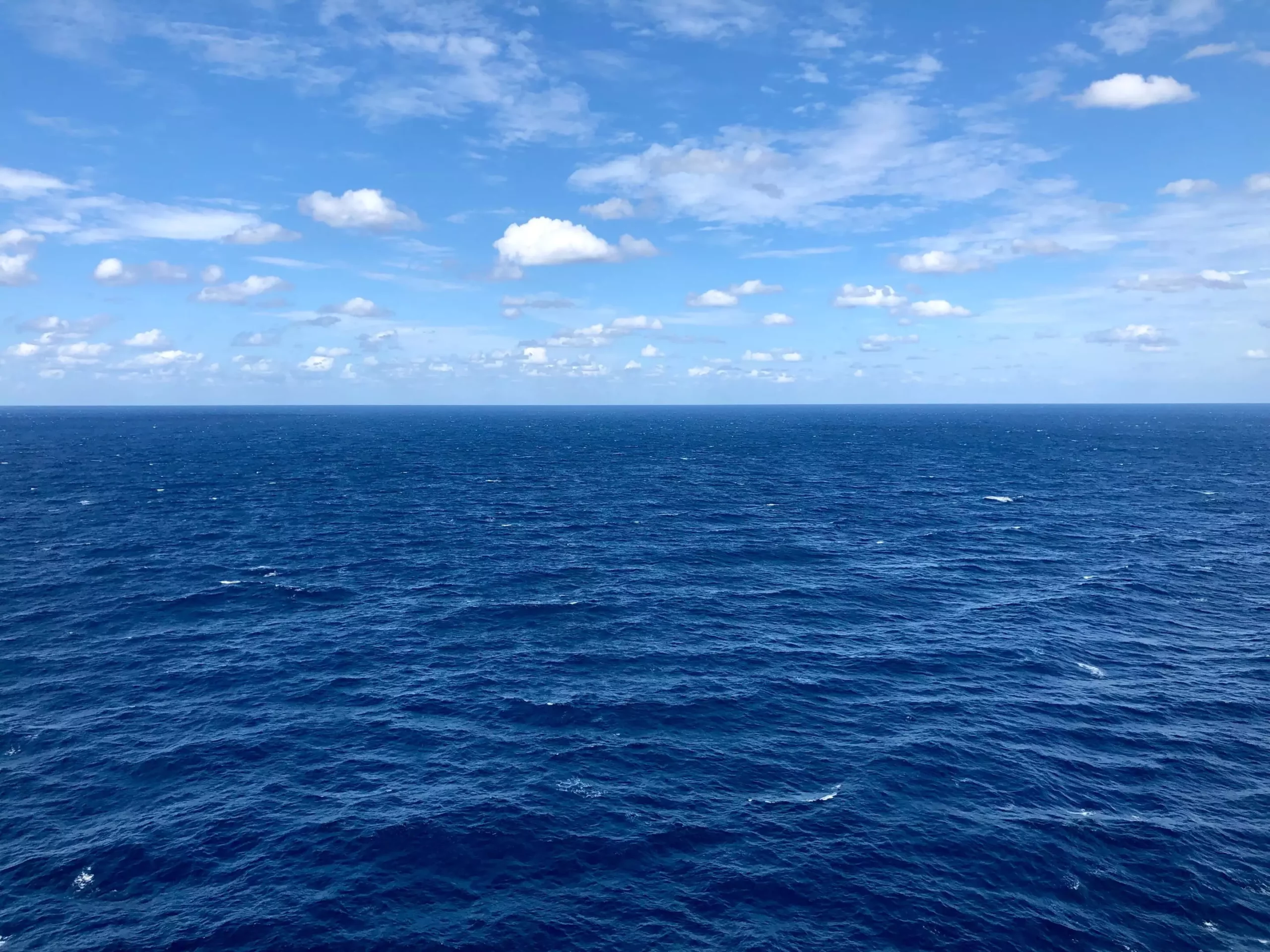An alarming and catastrophic scenario of an abrupt halt in the Atlantic Ocean currents, with the potential to plunge large parts of Europe into a deep freeze, is becoming increasingly likely according to a new complex computer simulation. This simulation has identified a “cliff-like” tipping point in the future, indicating that the nightmare scenario may be looming closer than previously anticipated. While scientists have long been concerned about the impact of Greenland’s ice sheet melting due to global warming, this study suggests that the collapse of the Atlantic Meridional Overturning Circulation (AMOC), which is responsible for crucial climate and ocean forces, could occur within decades rather than centuries.
The Devastating Consequences
Should the AMOC collapse, it would have far-reaching consequences that would transform weather patterns worldwide. Northwestern Europe would experience a drastic drop in temperatures, ranging from 9 to 27 degrees Celsius over several decades. Arctic ice would extend much further south, and the Southern Hemisphere would experience increased heat. Global rainfall patterns would be disrupted, and the Amazon rainforest would face significant challenges. The study also warns of potential worldwide food and water shortages, rendering it a catastrophic event with severe implications for humanity.
Approaching the Tipping Point
Lead author of the study, Rene van Westen, a climate scientist and oceanographer at Utrecht University, emphasizes that while the collapse of the AMOC is drawing nearer, the exact timeline remains uncertain. Van Westen suggests that it may still be a century away, but acknowledges that it could even transpire within his own lifetime. The rate of climate change induced by human activity will play a crucial role in determining the proximity of this tipping point.
While previous studies have indicated a slowdown in the AMOC, the focus of concern lies in its complete collapse or shutdown. The United Nations’ Intergovernmental Panel on Climate Change currently predicts a collapse to be unlikely before 2100, downplaying the severity of potential disaster scenarios. However, researchers, including Stefan Rahmstorf from the Potsdam Institute for Climate Research, argue that this dismissal may be misguided. Rahmstorf characterizes the new study as a significant advancement in AMOC stability science and emphasizes the urgency of recognizing and addressing the risks associated with an impending collapse.
The Unpredictability of the Future
Tim Lenton, a climate scientist from the University of Exeter, suggests that the new study heightens concerns about an AMOC collapse. He warns that the repercussions would be so abrupt and severe that adaptation would be nearly impossible in certain areas. While there have been indications of AMOC collapses in the past, the exact timing and nature of future changes remain uncertain, according to Wei Cheng, an oceanographer from the U.S. National Oceanic and Atmospheric Administration.
The AMOC is a crucial component of a complex system of ocean currents that regulate Earth’s temperature, carbon absorption, and water cycle. It operates like a conveyor belt, transporting different levels of salt and warm water at various depths around the globe. As the engine of this conveyor belt, Greenland’s melting ice adds freshwater to the North Atlantic, thereby slowing down the AMOC. The current system involves the circulation of cold, deeper freshwater past the Americas and Africa, while warmer, saltier ocean water from the Pacific and Indian oceans travels past the southern tip of Africa, toward Florida, and up the U.S. East Coast before reaching Greenland.
The Dutch research team conducted a complex simulation spanning 2,200 years to understand the flow patterns of the AMOC, while taking into account the impact of human-caused climate change. After 1,750 years, the simulation revealed the occurrence of an abrupt collapse of the AMOC. However, at present, researchers have been unable to translate this simulated timeline to accurately predict the future of the Earth’s AMOC. A crucial measurement involved in monitoring the tipping point is the flow measurement around the tip of Africa. If this measurement reaches a certain negative value, the AMOC will not gradually slow down but instead undergo a “cliff-like” shutdown, one that is sudden and irreversible.
Joel Hirschi, division leader at the United Kingdom’s National Oceanography Centre, acknowledges the significance of potential AMOC collapse. Nevertheless, he emphasizes that the rapidly increasing temperatures and extreme temperature events witnessed in recent years should warrant greater immediate concern. While the AMOC shutdown would have profound and lasting effects, addressing the current climate crisis remains the most pressing global priority.
The new study on the possible collapse of the Atlantic Ocean currents raises serious concerns about the potential impact on global climate patterns. The looming tipping point, characterized as “cliff-like,” suggests that the collapse of the AMOC may be nearer than previously thought. While the specific timeline remains uncertain, scientists urge immediate attention to this potential catastrophe. By understanding and addressing the risks associated with an AMOC collapse, humanity can strive to mitigate the consequences and prioritize efforts to combat climate change.


Leave a Reply